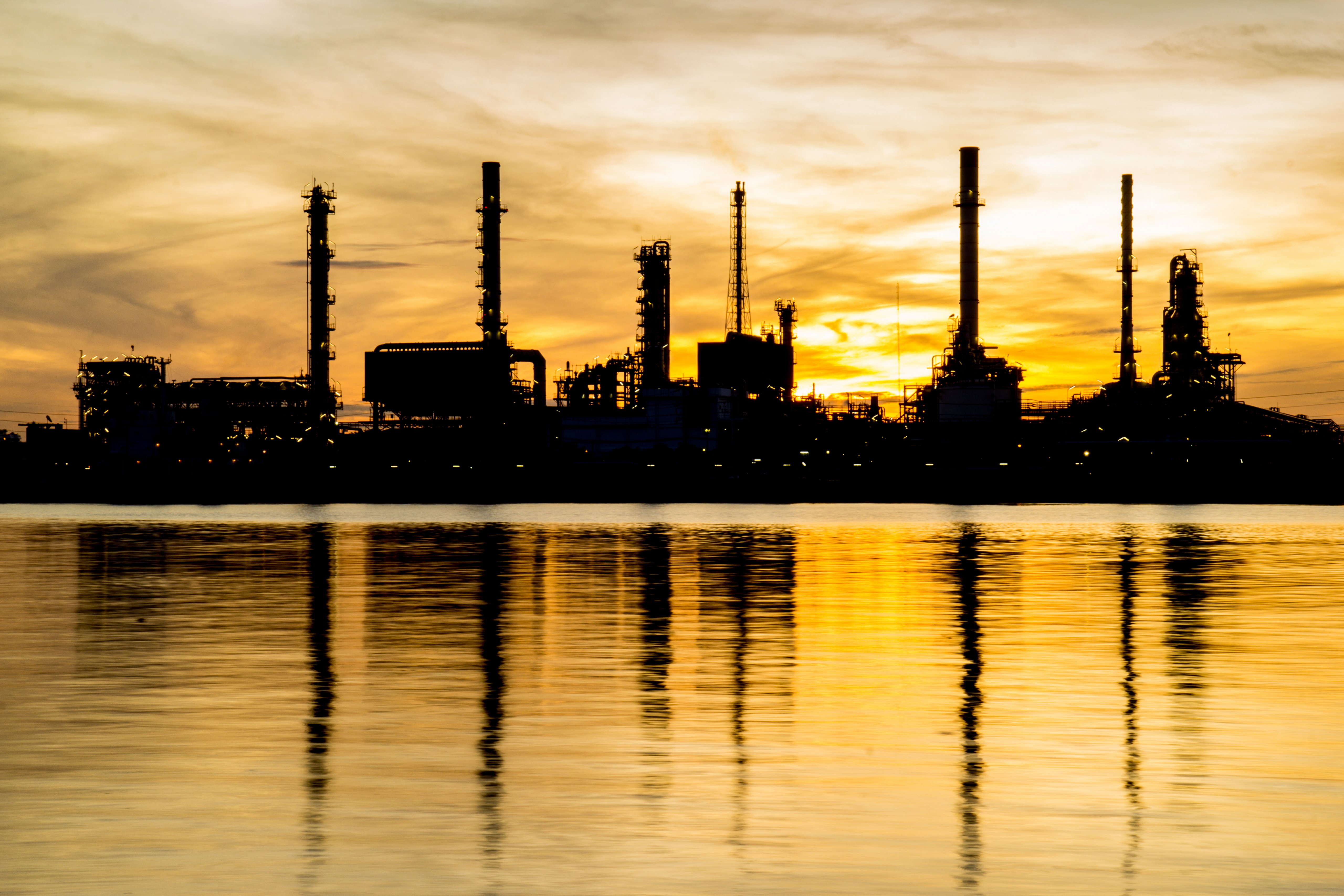I come from Venezuela.
Like nearly all of my friends growing up in Caracas, I dreamed of becoming a footballer. Don’t tell anyone, but I still dream of it now when I see the “vino tintos” (our national team) take the field…
If anyone had told that little boy that he’d work in production optimization and digitization for some of the biggest companies in the world, he probably would have tried to get you back to talking about football again as soon as he could.
So, I’ll be true to the little boy inside me while I explain a little more about why I love what I now do, and how oil and gas producers around the world have changed focus to perform on the new global energy playing field.
Oil and Gas Industry Under Pressure
The world’s appetite for energy has grown exponentially in my lifetime and shows no sign of slowing down as more of the globe’s largest populations join the expanding middle classes. But what has changed is the energy mix.
There’s no doubt that oil and gas will continue to have an important role to play, but it’s also clear that with new fracking methods, ever more stringent regulatory frameworks, and global commitments to more sustainable sources of energy, the world’s traditional resource providers in oil and gas are under more pressure than ever before.
This has all led to a change in focus for oil and gas producers who are looking less towards investment in expansion and operational growth and turning instead to improving efficiency through optimization.
Optimizing Oil and Gas Operations
And this is where my work comes in. I’ve been working in or around optimization from a commercial and operational perspective for 20 years.
You could say that I’m fluent in the international technological language of oil and gas production optimization.
During that time there has been a significant shift – a new dialect to learn, if you like. Since about 2001 I’ve been specializing in digital oilfield development.
The opportunities for improving existing plant in the data-driven age are extensive. The tools at the disposal of the most forward looking companies include, for example, process surveillance technologies, data analysis engines and applications, and workflow optimization techniques.
And that’s just the beginning – new controls, drives, and safety enabled technologies play a part, while remote management of assets becomes a reality. Importantly, all of these tools can be comprehensively connected at enterprise-level collaboration platforms.
These platforms leverage open-source communications protocols to offer real-time and historical information for improved decision making from any number of unique or generic resources throughout the plant and well into the supply chain.
That’s quite a lot to take in. In fact, you may prefer to learn more about some capabilities via our digital oilfield page.
The benefits of this toolkit reach into every part of the production process, and although every plant is different and can benefit in different ways, we’ve brought together the approaches and technologies involved under the name ConnectedProduction™.
This is an extension of our Connected Enterprise approach to automation solutions in other sectors, the approach that lies at the heart of Industrial Internet of Things (IIoT) strategies for many of the world’s most important brands.
We effectively borrow everything we learn from being the largest company in the world dedicated to automation and refine it for the onshore oil and gas production environment. If you’ll excuse the pun!
ConnectedProduction enables operators to capture data from any number of third party sources through standard open source technologies, then make it available to a number of applications – such as real time visualization and historical logging - within a single information environment.
Moreover it allows operators to run short-term ALS production optimization loops, asset management systems and to connect to advance optimization modules that can help the producer to reduce operational costs, increase efficiency, raise profit margins and have a stable infrastructure to reap the rewards of further Industrial Internet of Things (IIoT) benefits as they develop.
For the Love of the Game
And why do I love what I do so much?
I love what I do because I can feel and see the benefit of it taking effect very quickly, right before my eyes.
It’s hugely satisfying to go into these environments, listen to what the operators say, think about the best technologies and services that we can provide, and help them solve their concerns.
The result is safer, more efficient, and more productive facilities that are up to the challenges of today’s energy market and ready for the future, too.
I think of my role as similar to that of a football coach. Call me Coach Brito!
My job is to make the members of the squad (the production and operations team, engineering, automation, supply chain, third party suppliers, etc.) as individually fit and efficient as they can be and to help them to interact with every other member of the squad as effectively as possible.
If you imagine that data – that all important element of the digital production age – is like the football, it’s my job to help the players pass that football around to develop a world-beating team. It’s a job that needs imagination, creativity and visualization. And it’s a job I love!
As anyone who watches football will know, it’s not always the best players who achieve most, but it is always the best team.
If you’re interested in learning more about how to begin or continue your journey toward a digital oilfield, contact Sensia, the JV Rockwell Automation created with Schlumberger in October 2019.


